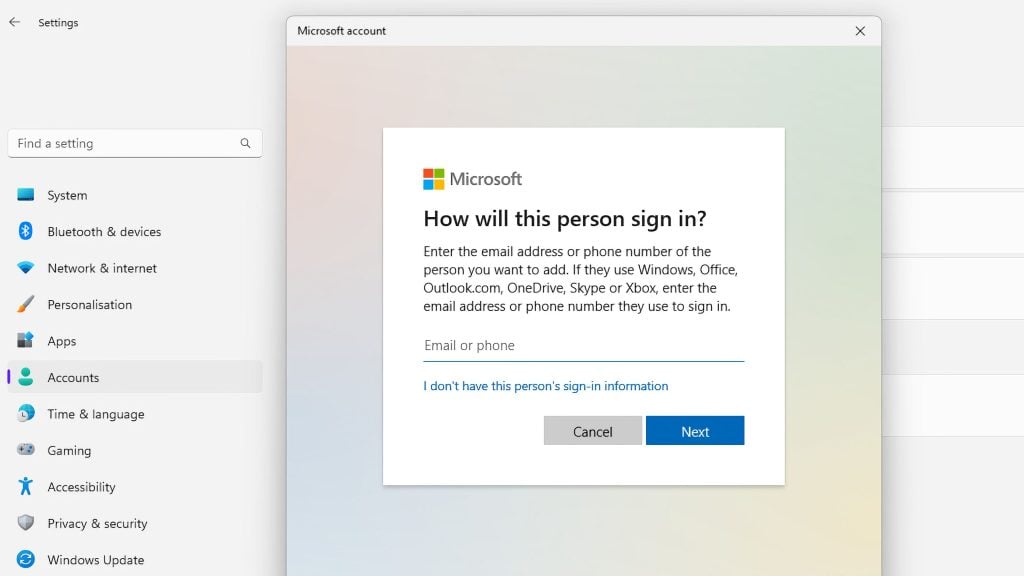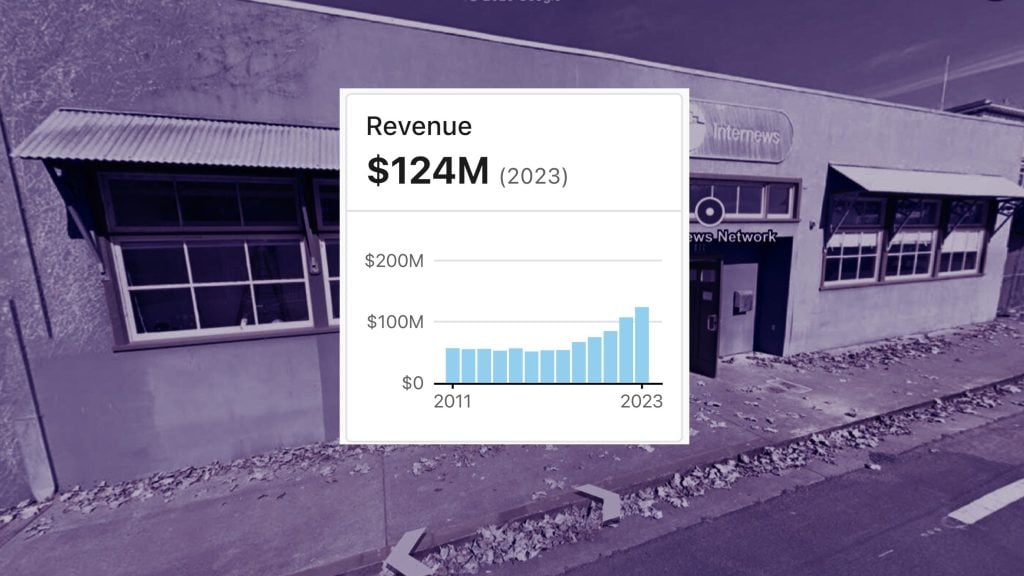From May 2023, visitors to the EU will have to provide fingerprints and have their face photographed to enter any country that is a member of the European Union or countries in the Schengen Area.
The new system, dubbed the Entry-Exit System (EES), will replace the current passport-stamping system. The system is aimed at registering visitors from non-EU countries, like the US and UK.
The US has had a similar program in place since 2004, collecting biometric information of foreign visitors.
After it is enforced, visitors will have their dates of entry added to a shared database. The EU only allows visitors to stay for 90 days for every 180-day period. The passport-stamping system has been described as unreliable and time consuming in combating over-staying. The EU hopes that the EES will discourage over-staying.
The first time visitors travel to Europe, they will be required to provide their fingerprints and have their face photographed. That might discourage those concerned about privacy. The EES system will also require you to provide your full names and the document you are using to travel.
Trials for the EES have begun in the Schengen Area. Prague Airport has installed multiple “easy kiosks” where travelers can register. The average time for registering in the EES at Prague Airport is 89 seconds. However, some have raised concerns that the EES will cause delays at entry points once it becomes mandatory. Authorities at the Port of Dover, the busiest entry point between the EU and UK, have warned about a chaotic 2023 summer.
The EES does not replace ETIAS (European Travel Information and Authorization System), which is required to enter the Schengen Area.






















